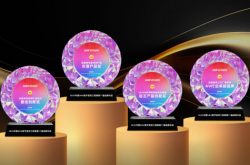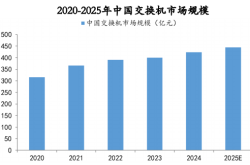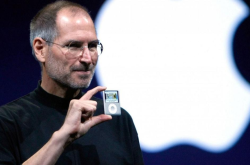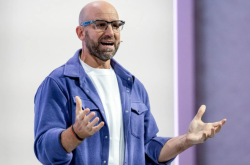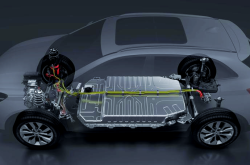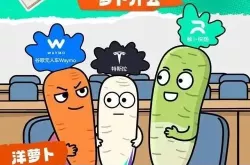No 'Time's Friend' in the New Forces' Revival Race
![]() 08/14 2025
08/14 2025
![]() 651
651
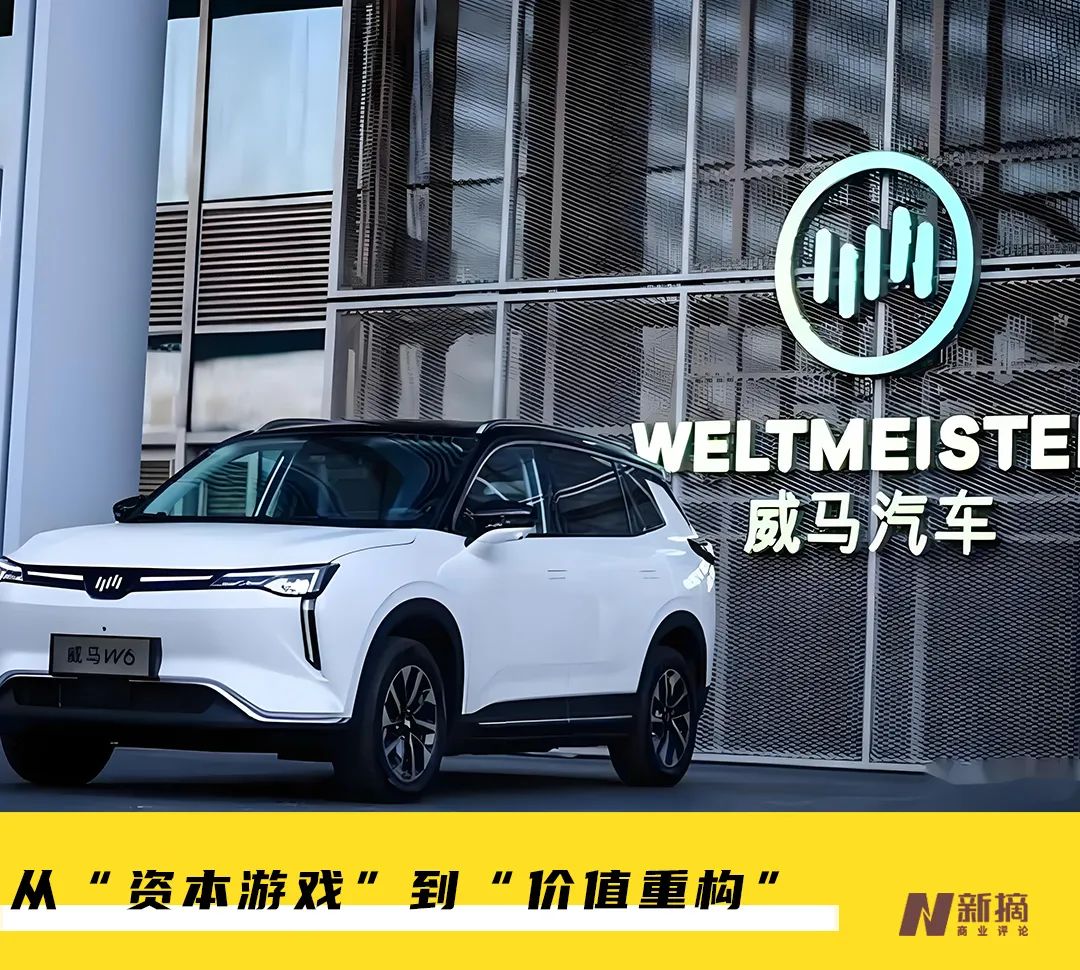
WM Motor, HiPhi, and Geely Beyond reignited production in July, yet technological disparities and a lack of consumer trust pose significant hurdles to their resurgence.
Author/Wordless
Produced by/NewPick Finance
Has the 'Revival Race' Commenced? Will New Force Automakers Rebound or Fade Away?
As the industry widely anticipated 'elimination as the ultimate goal,' a contingent of 'vanished' new force automakers collectively pressed the restart button in 2025. WM Motor announced the resumption of EX5/E5 production in September, HiPhi faced restructuring gridlock due to Middle Eastern capital defaults, and Geely Beyond accelerated restructuring negotiations...
This seemingly abrupt 'revival wave' is actually a desperate attempt by multiple capital sources and automakers teetering on the brink of survival, following the new energy vehicle industry's plunge into the 'red ocean slaughter phase.'
However, the market structure reveals a '6+3+1' fault differentiation (the top tier accounts for 60% of the share, the second tier contends for 30%, leaving only 10% for the tail), consumer trust fissures are challenging to mend, and technological generational gaps intertwine with capital chain concerns.
The ultimate outcome of this 'revival race' may prove even more ruthless than the initial elimination phase.
Applying the 'Resource Dependence Theory,' the crux of automaker revival hinges on the reallocation of capital and policy resources. The 'revival wave' in the new energy vehicle industry is not fortuitous but the culmination of a tripartite game involving capital, policy, and the market.
From the capital perspective, the entry of cross-border capital, such as the Baoneng Group and EV Electra, fundamentally seeks bottom-fishing opportunities in 'distressed assets.'
Taking WM Motor as an example, its new investor, Shenzhen Xiangfei, is closely tied to the Baoneng Group, and the legal representative, Huang Jing, concurrently controls core enterprises like Kunshan Baoneng Automobile. Despite Baoneng's deep entanglement in a 50 billion yuan debt crisis, it still endeavors to revitalize assets through WM Motor's restructuring.
This 'debt-funded car' model exposes capital's misjudgment of the 'high valuation, low risk' perception of the new energy vehicle industry. Baoneng might view WM Motor as a vehicle to narrate a 'rebirth story' to the financial market rather than genuinely favoring its technology or market potential.
The policy side offers a buffer for revival. According to Tianyancha data, China's new energy vehicle sales are projected to reach 16.5 million units (including exports) in 2025, with a penetration rate exceeding 50%. Technological advancements (e.g., solid-state batteries and megawatt-level fast charging) spawn market segment opportunities. Local governments provide subsidies for work resumption and support technological transformation for enterprises like WM Motor to preserve employment and stabilize industrial chains, even including them in the public procurement system.
For instance, the Wenzhou Municipal Government has established a special working group to coordinate local supply chain cooperation, aiming to mitigate the risk of production resumption through policy guarantees. However, the essence of policy dividends is 'blood transfusion' rather than 'blood creation.' With WM Motor's 20 billion yuan debt and HiPhi's 15.7 billion yuan book debt, government subsidies alone are insufficient to fill the funding gap.
The market presents a landscape of extremes ('moon'). Leading automakers (BYD, Tesla) fortify their positions through economies of scale and technological barriers, while tail-end automakers descend into 'low-price intra-industry competition.'
The EX5/E5 platform technology that WM Motor intends to resume production is five years behind the mainstream, lacking an 800V platform and with its intelligent driving system stagnating at the L2 level, resulting in obvious product strength shortcomings.
The dual impetus of capital and policy essentially strives for a 'critical 3-6 month window period' for automakers. If WM Motor fails to demonstrate the feasibility of its EX5 10,000-unit target by year's end, or if HiPhi cannot resolve its capital injection default crisis, the revival plan will swiftly collapse.
Competition in the new energy vehicle industry has long since escalated from 'product competition' to 'trust competition.' Applying the 'Trust Economy Theory,' consumer trust is the 'hidden asset' crucial for automakers' survival.
The bankruptcy history of automakers like WM Motor and HiPhi essentially constitutes a 'systematic collapse' of trust assets.
WM Motor severely tarnished its reputation due to issues such as spontaneous combustion accidents, battery lock disputes, and being blacklisted on the 315 Evening Gala. During bankruptcy, car owners faced challenges like suspended vehicle software updates, lack of after-sales service, and difficulty sourcing accessories.
For instance, some car owners couldn't find original accessories due to damaged door handles and ultimately had to dismantle their cars for repairs. This experience of being 'abandoned by intelligence' completely shattered users' trust in the brand.
The consequence of trust collapse is 'sales conversion obstacles.'
A Ping An Securities survey revealed that over 60% of consumers harbor doubts about the long-term service capabilities of 'revived brands.' You Tianyu, Dean of the Kailian Capital Research Institute, went as far as to say, 'There is no 'small but beautiful' in the Chinese automobile market. The scale effect of automakers has emerged, and brand perception is mature. These are not things that can be rebuilt in the short term.'
Even if WM Motor mitigates C-end sales resistance through strategies like replacement subsidies for old customers and centralized procurement by ride-hailing companies, consumers will still worry about 'becoming abandoned again after purchase.'
For example, Nezha Automobile was detained by the Thai government for failing to produce the agreed number of locally assembled vehicles, resulting in withheld subsidies and dealers pursuing debts. This 'second breach of trust' will further intensify market vigilance towards revived brands.
The technological gap is another fatal wound. The speed of technological iteration in the new energy vehicle industry vastly outpaces that of traditional automobiles. The penetration rate of L2+ intelligent driving has soared from 39% to 53%, and the 800V platform is gradually becoming the norm. During the suspension period, WM Motor missed the development phase of intelligent driving assistance systems and the 800V platform, widening the product strength gap with leading automakers.
For example, Xiaomi's SU7 topped the sales chart in a single month with its advanced intelligent driving system, while WM Motor has yet to announce relevant plans; BYD's technology that can replenish 400 kilometers of energy in 5 minutes makes WM Motor's 400V platform appear outdated.
At the supply chain level, WM Motor needs to reestablish supplier relationships disrupted by production suspensions, but some core component enterprises have shifted to collaborate with Xiaomi and Huawei, further constraining its technological catch-up capabilities.
Utilizing the 'Lean Startup Theory' methodology, revived automakers must validate the market with 'minimum viable products' rather than blindly expanding.
Faced with the dual challenges of trust fissures and technological gaps, the key to breaking the deadlock for revived automakers lies in a three-dimensional strategy of 'precise positioning + trust rebuilding + technological catch-up.'
The first step is precise positioning, avoiding head-on competition and focusing on market segments.
WM Motor plans to resume production of mature models EX5/E5, leveraging existing supply chains for a swift recovery; HiPhi continues to concentrate on high-end electric vehicles, steering clear of direct competition with BYD and Xiaomi.
This 'conservative strategy' essentially 'trades time for space'—reducing financial pressure through asset-light operations while striving for time for technological upgrades.
For example, Geely Beyond reduces costs through a three-tier channel system of 'Store+Station+Spot' (direct stores, cooperative outlets, community service points) and focuses restructuring negotiations on safety reviews of intelligent driving assistance systems to ensure technological baselines.
The second step is trust rebuilding, transitioning from 'after-sales support' to 'ecological binding.'
Experts suggest implementing 'automaker bankruptcy insurance,' collecting premiums based on sales, and providing after-sales support for bankrupt brands; WM Motor aims to bind the B-end market through replacement subsidies for old customers and centralized procurement by ride-hailing companies, easing C-end sales resistance.
Deeper trust rebuilding necessitates 'ecological binding.' For instance, NIO fosters user loyalty through its battery swap system, and XPeng reshapes its technological image via its urban NOA intelligent driving system.
Revived automakers can draw inspiration from this logic, transforming users from 'one-time buyers' to 'long-term service users' through models like 'charging network sharing' and 'intelligent driving system subscriptions.'
The third step is technological catch-up, evolving from a 'follow-up strategy' to 'differentiated innovation.'
Tail-end automakers' R&D investment intensity is less than one-fifth that of leading enterprises, and talent loss further decelerates the pace of technological catch-up.
The key to breaking the deadlock lies in 'differentiated innovation.'
For example, Nezha Automobile's setup of a knock-down assembly plant in Thailand, though seen as a low-value model, can bypass tariff barriers through local production and swiftly capture the Southeast Asian market.
WM Motor can concentrate on the niche segment of 'extended-range electric vehicles,' steering clear of fierce competition in the pure electric vehicle market. Technological catch-up needs to avoid being 'large and comprehensive' but rather focus on 'single-point breakthroughs.' For instance, Leap Motor achieves a 'cost-effective' breakthrough by self-developing CTC battery chassis integration technology.
The essence of the revival race is a 'value reconstruction competition.'
The 'revival wave' in the new energy vehicle industry is essentially the desperate attempt by capital, policy, and the market in the red ocean stage. The fate of WM Motor, HiPhi, Geely Beyond, and others hinges on whether they can complete 'value reconstruction' within the 3-6 month window period, transitioning from relying on capital transfusions to self-sufficient blood creation, from mending trust fissures to constructing ecological barriers, and from technological follow-up to differentiated innovation.
When the ultimate market outcome aligns with Zero Runner founder Zhu Jiangming's prediction, 'no more than 10 automakers will survive in the future,' every step taken by revived automakers will be an 'ultimate game' on the brink of survival.

